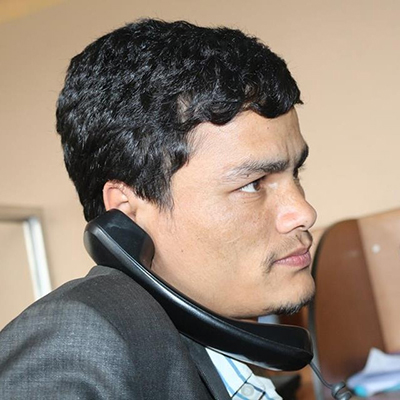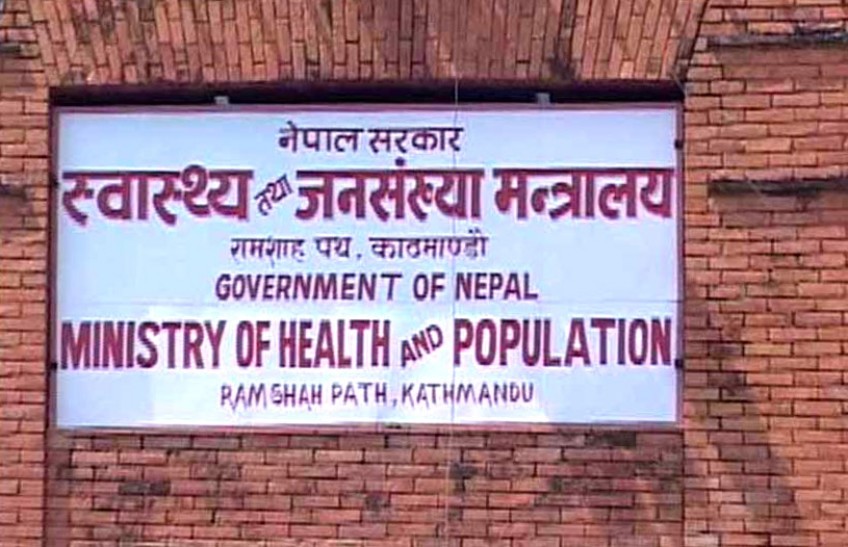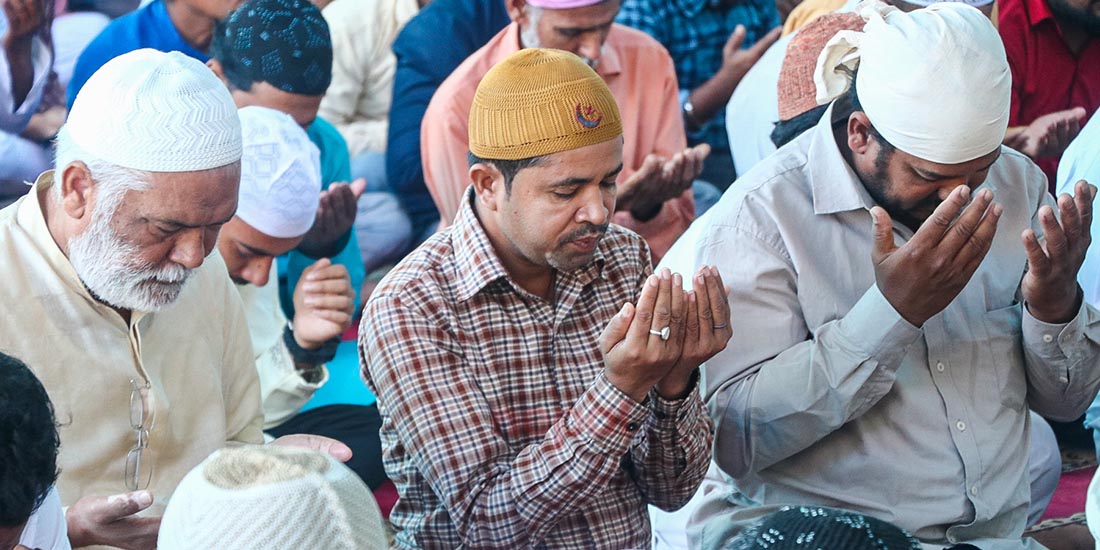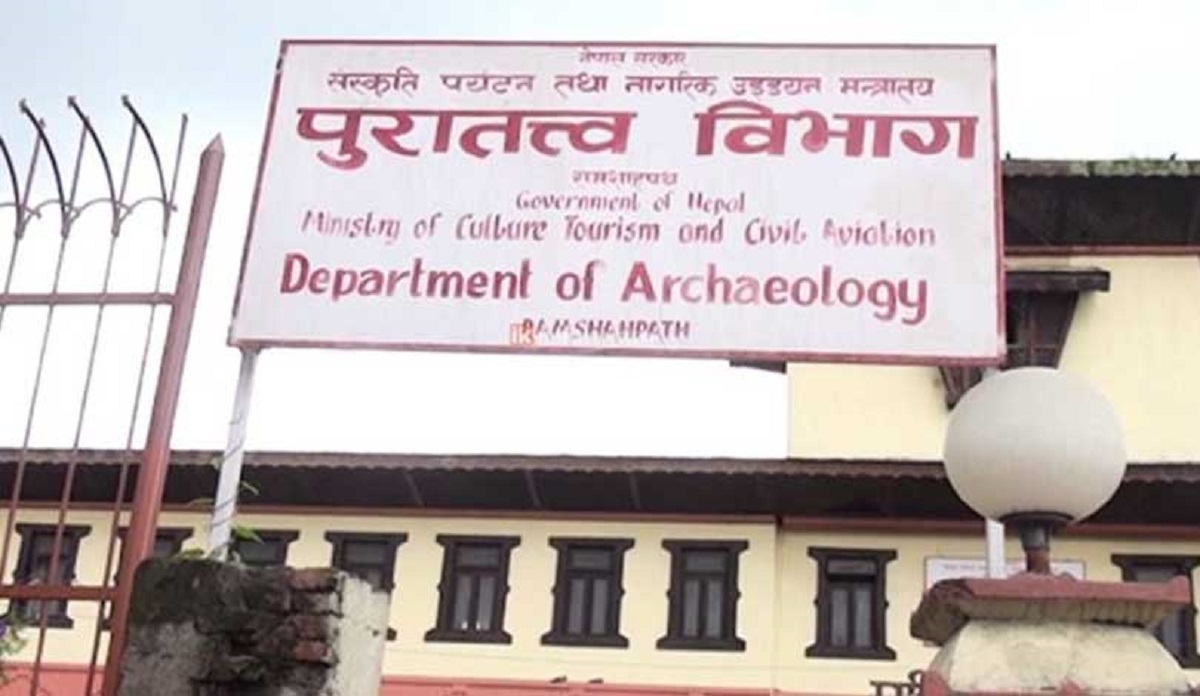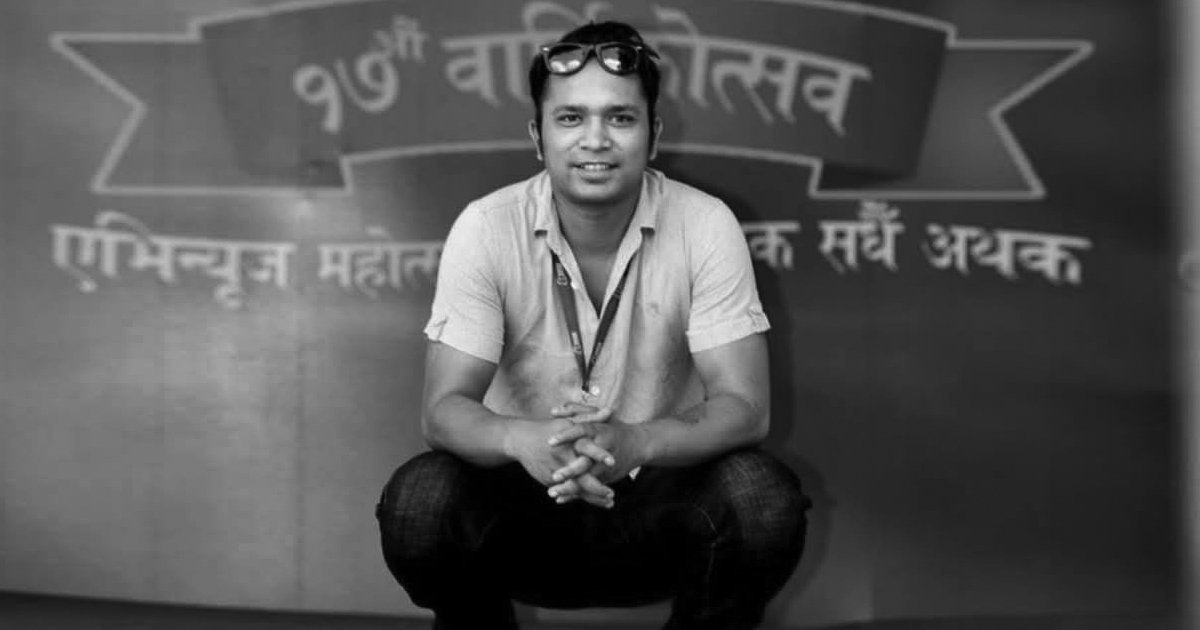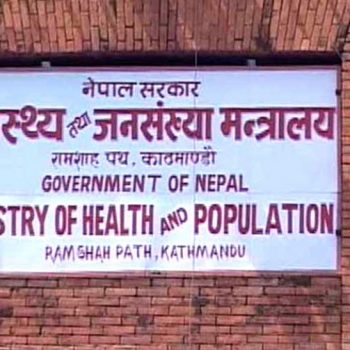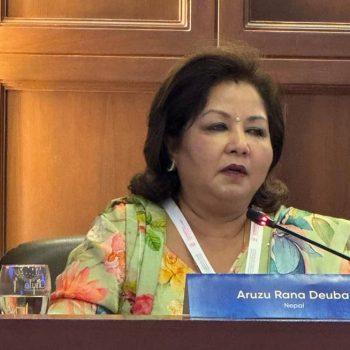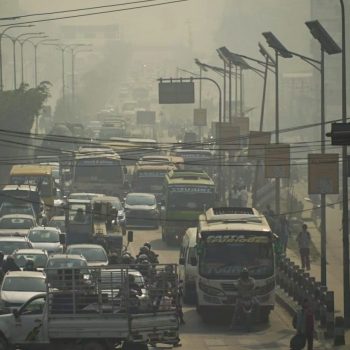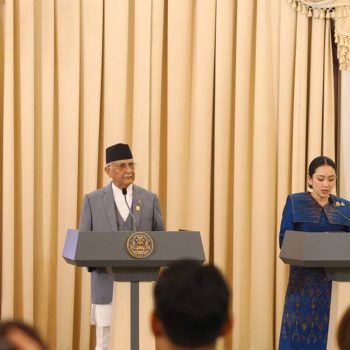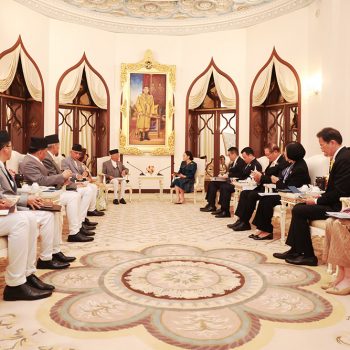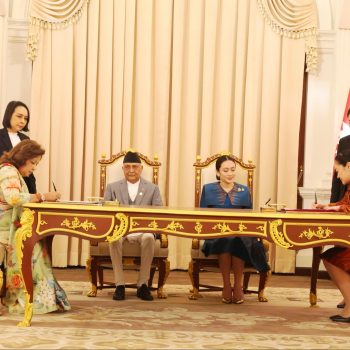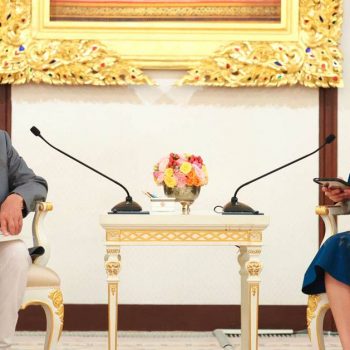Women and indigenous groups reap benefits of quota system while Dalits continue to be abused and discriminated

KATHMANDU : The issue of ‘room and reservation’ has been in the spotlight on social media lately. There are positive and negative perceptions in Nepalese society about the reservation given by the state in accordance with the principle of inclusion in return for long-standing oppression. However, after a long period of agitation and sufficient debate, reservation has been made in every sector of the state on the basis of inclusion.
The reservation reserved for the target community as a constitutional right has been helping to make the mainstream inclusive. After reviewing the inclusive reservation which was ensured a decade and a half ago, it has been seen that women and indigenous groups have reaped the most benefits. A factual analysis of the beneficiaries of reservation in government services shows that the Dalit community is still lagging behind. However, after the ‘Rupa Sunar case’, criticism of the Dalit community on the basis of ‘quota’ has increased on social media.
It has been 13 years since the provision of inclusive reservation in every structure of the state. According to the Economic Survey of 2077/78, 53,470 people have entered the government service from the fiscal year 2064/65 to the fiscal year 2077/78. Out of this, 59.49% or 31,801 people have been recommended through open advertisement and 40.5 percent or 21,649 people have been recommended for government service through inclusive advertisement.
What is the condition of the reservation system?
In line with the policy of positive discrimination adopted by the state for inclusion in the public service, the Public Service Commission has been filling the vacancies through competition among the candidates of the inclusive groups prescribed by law since 2064 BS. For this, as per the provision in Sub-section 7 of Section 7 of the Civil Service Act, 2049 BS, 45% of the posts to be filled through open competition will be filled and that percentage will be considered as 100 percent.
Of these, 33% for women, 27% for indigenous group, 22% for Madheshi, 9% for Dalit, 5% for people with disabilities and 4% for other marginalized groups are filled through competition among candidates within the same groups. Therefore, inclusive provisions have been ensured in the Nepal Health Services Act, Legislature-Parliament Secretariat Staff Rules, and such inclusive provisions have also been made in the posts for Nepal Army, Nepal Police, Armed Police Force, Nepal and other organizations.
Women and reservation
Based on the statistics of the Public Service Commission, the number of women in government service has increased significantly during this period. In the 13-year period, the highest number of women, 33% or 7,331 have entered government service. Indigenous communities are in second place in terms of inclusion, out of which 26% or 5,754 have been recommended for government services. The Madheshi community is in third place. From the Madheshi side, 21% or 4,721 people have been recommended for government services. The Dalit community is in fourth place. Out of which 9% or 1,971 people have been recommended and 4% or 996 people with disabilities and 3% or 773 people from other marginalized groups have been recommended for government service.
First year of reservation system
In the first fiscal year 2064/65, when reservation was implemented, a total of 3156 people were recommended through open and inclusive advertisement. Of these, 70% or 2,228 were recommended from the open advertisements while 29% or 928 were recommended from the inclusive side. Despite the legal provision of recommending 45% from the inclusive side, in the first year only 30% was filled from the inclusive side while 15% had been filled by recommending from the open side for the inclusive quotas in government offices.
“Women, tribes and indigenous groups have more reservations than Dalits. But only the Dalit community is getting both discrimination and abuse,” says Dr. Man Bahadur BK, Former Secretary to the Government of Nepal.
In the first year of reservation 2064/65, 928 people were recommended for inclusion in which there were 366 women. Despite having 33% reservation for women, 6 percent more than the prescribed reservation system, i.e. 39% women were able to be recommended in the first year. In the first year, 26% or 245 people from indigenous groups, 19% or 183 people from Madheshi, 9% or 84 people from Dalit and 3% or 33 people from people with disabilities were recommended for government service.
What is the present condition?
Reaching the 13th year of the introduction of the reservation system, the work of the Public Service Commission was affected due to coronavirus. However, according to the 61st Annual Report of the Commission, in the previous fiscal year 2076/77, 23% or 71 people from internal competition, 42% or 130 people from open competition and 33% or 103 people from inclusive side added up to a total of 304 recommendations for government services. Out of the 103 people on the inclusive side, 37% (29) are women, 25% (26) are from indigenous groups and 23% (24) are Madheshi, 6% (7) are Dalit, 2%( 3) are disabled and 3% (4) are from other marginalized groups. Lesser opportunities than guaranteed by law have been given this year within the segments participating in the reservation system, except for women and Madhesis.
The policy of inclusion has been implemented for everyone. However, in recent times, there have been indecent remarks on social media saying that the Dalit community has ‘taken quotas’. Former Secretary to the Government of Nepal Dr. Man Bahadur BK says that the understanding about inclusion is wrong. “Women, tribes and indigenous groups have more reservations than Dalits. But only the Dalit community is getting both discrimination and abuse,” BK told Nepal Press. BK understands that it is difficult for the marginalized community not only to enter government services, but also to be given responsibilities and maintain them.
According to the report of the commission, out of the 304 people recommended in the fiscal year 2076/77, 45.7% or 37 people belong to the hilly Brahmin community. Brahmin, Chhetri, Newar, Magar and Tharu communities are in the majority in getting government service opportunities. Only one each from Sunar, Dom, Wadi, Dusadh, Paswan, Pasi, Marwadi, Mali, Mallah, Bhediyar, Gaderi, Kanu, Kayastha, Dhanuk, Hajam, Thakur and Haluwai castes have been recommended.
What about the officer level?
According to the report of the Commission, out of the total 304 recommendations in the Fiscal Year 2076/77, 103 candidates have been recommended from the advertisements of the concerned inclusive groups, i.e. 34% of the total recommended candidates have been recommended from the inclusive side. Of them, 34 females have been recommended at the assistant level and 5 at the officer level. Besides this, 17 women have received recommendations for government service from both the open and internal sides.
4 officers and 22 assistants have been recommended from the indigenous group. Out of 24 Madheshis, 4 are officers. All 7 people recommended from the Dalit community are at the assistant level. Along with the Dalits, not a single person from the disabled and backward areas has been recommended for official level service.
According to the report of the commission, more women, tribes and people from the indigenous groups and Madheshi community have entered the government service through open and internal competition than the quotas allocated for inclusion. Although the state has made legal arrangements to make every sector inclusive with the policy of inclusion, it seems that the challenges in solving the problems seen in the practical implementation have increased.


